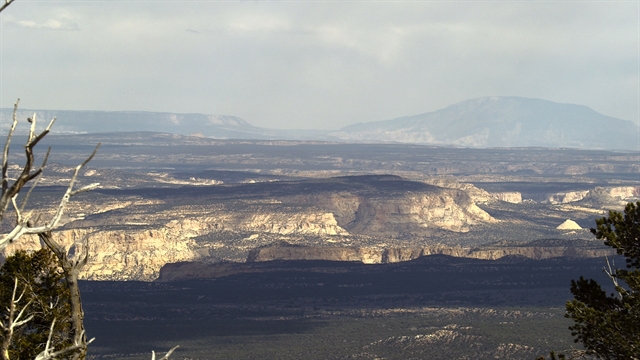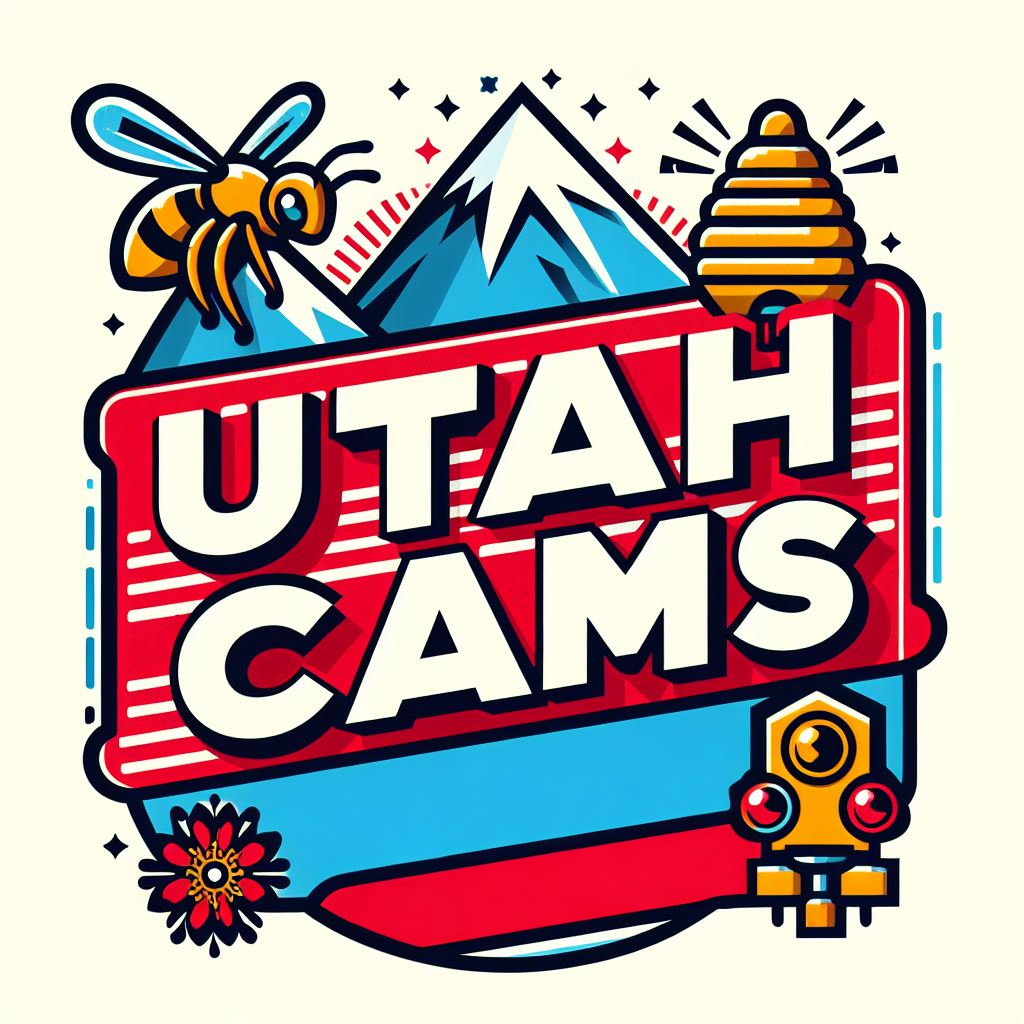Bryce Canyon National Park, UT Weather Cams
View from Yovimpa Point Cam

Bryce Canyon National Park: A Geological Masterpiece of Timeless Beauty
Bryce Canyon National Park Webcams. Bryce Canyon National Park, located in southern Utah, is a geological wonderland renowned for its stunning hoodoos, towering spires, and breathtaking amphitheaters. From its ancient beginnings as a seabed to its emergence as a world-famous tourist destination, Bryce Canyon’s story is one of geological forces, natural beauty, and human discovery.
Geological Origins: The Formation of Hoodoos
The history of Bryce Canyon dates back over 60 million years to the late Cretaceous period, when the region was covered by a vast inland sea. Over time, layers of sediment accumulated on the sea floor, compressing into rock layers known as the Claron Formation.
Around 50 million years ago, tectonic forces began to uplift the Colorado Plateau, exposing the layers of sedimentary rock to the erosive forces of wind, water, and ice. Over millions of years, these forces sculpted the landscape into the intricate formations that we see today, including the park’s iconic hoodoos.
Hoodoos are tall, thin spires of rock that are formed through a process of erosion and weathering. As rainwater seeps into cracks in the rock and freezes, it expands, gradually breaking down the rock and shaping it into the distinctive shapes and formations that characterize Bryce Canyon’s landscape.
Native American Heritage: The People of the Hoodoos
For thousands of years, Native American tribes, including the Paiute, Ute, and Hopi peoples, have inhabited the region surrounding Bryce Canyon. These indigenous peoples have a deep spiritual connection to the land and the hoodoos, which they regard as sacred symbols of their cultural heritage and ancestral traditions.
The Paiute people, in particular, have a rich oral tradition that tells of the creation of the hoodoos and the formation of Bryce Canyon. According to Paiute legend, the hoodoos are the petrified remains of ancient warriors who were turned to stone as punishment for their disobedience to the Great Spirit.
Exploration and Discovery: The Pioneer Era
European exploration of Bryce Canyon began in the late 19th century, with the arrival of Mormon settlers and pioneers in search of new lands and resources. The first recorded exploration of the area was led by Mormon pioneer Ebenezer Bryce, for whom the canyon is named, in the 1850s.
Bryce, a homesteader and cattle rancher, was one of the first European settlers to live in the area, and he played a key role in the early development of the region. Despite his initial skepticism of the landscape, Bryce grew to appreciate the beauty of the canyon, famously remarking that it was “a hell of a place to lose a cow.”
Conservation and Preservation: Establishing Bryce Canyon National Park
In 1923, Bryce Canyon was designated as a national monument by President Warren G. Harding, in recognition of its unique geological features and natural beauty. Over the years, efforts were made to protect and preserve the canyon and its surrounding landscape, culminating in the establishment of Bryce Canyon National Park in 1928.
Today, Bryce Canyon National Park encompasses over 35,000 acres of wilderness, including the iconic Bryce Amphitheater, which is home to the park’s most famous hoodoos and rock formations. The park also features a variety of ecosystems, from high desert to alpine forest, providing habitat for a diverse array of plant and animal species.
Visitor Experience: Exploring the Hoodoos
Each year, millions of visitors from around the world flock to Bryce Canyon National Park to marvel at its stunning scenery and explore its otherworldly landscape. The park offers a variety of recreational opportunities, including hiking, camping, horseback riding, and stargazing.
One of the most popular activities in the park is hiking along the park’s extensive network of trails, which offer breathtaking views of the canyon and its hoodoos. The Rim Trail, which runs along the edge of the canyon, provides easy access to some of the park’s most iconic viewpoints, while the more adventurous can venture into the canyon itself on trails such as the Navajo Loop and Queen’s Garden Trail.
Conservation Challenges: Protecting the Hoodoos
Despite its protected status, Bryce Canyon National Park faces a number of conservation challenges, including threats from development, climate change, and invasive species. Efforts are underway to address these challenges and ensure the long-term health and sustainability of the park’s ecosystem.
One of the most pressing concerns is the impact of climate change on the park’s delicate ecosystem. Rising temperatures and changing precipitation patterns are already affecting the park’s plant and animal species, while increased visitation and development are putting additional pressure on the park’s resources.
Looking to the Future: Preserving Bryce Canyon’s Legacy
As Bryce Canyon National Park looks to the future, it remains committed to its mission of preserving and protecting the park’s unique geological features and natural beauty for future generations to enjoy. Through education, conservation, and sustainable management practices, the park seeks to ensure that the hoodoos and other wonders of Bryce Canyon will continue to inspire awe and wonder in all who visit this timeless landscape.
For more information, visit the official Bryce Canyon National Park website.
